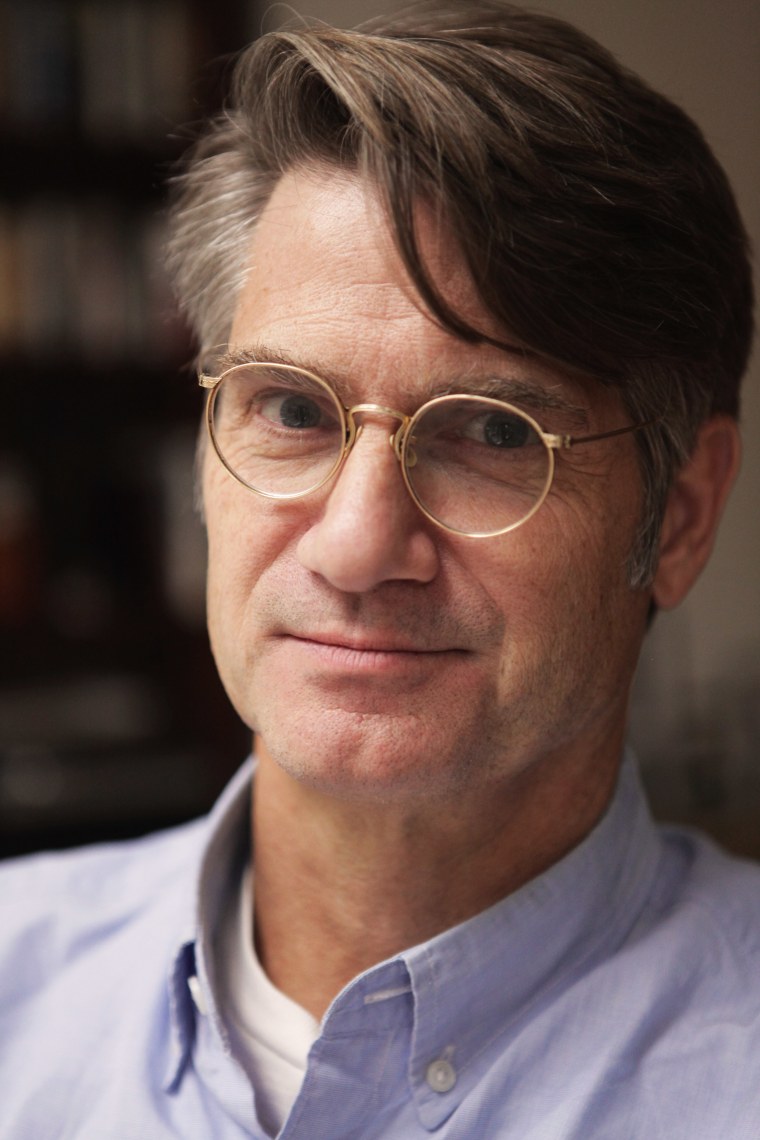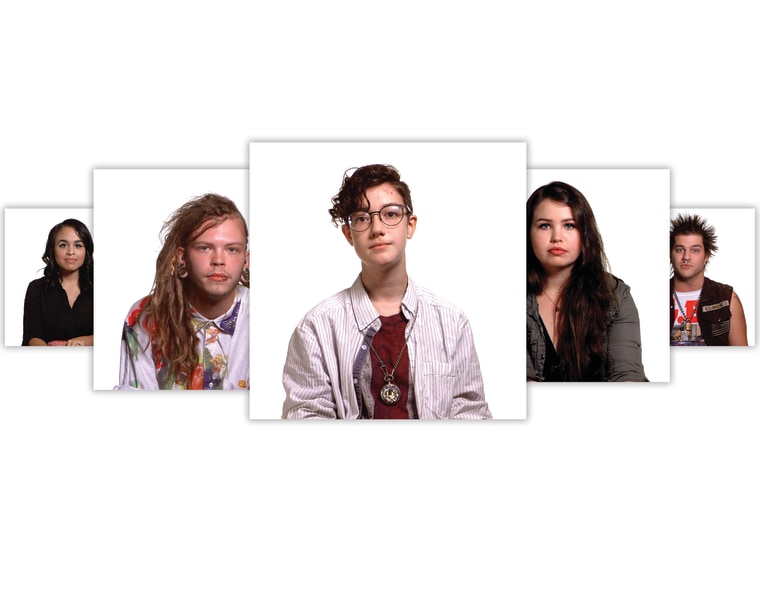Filmmaker Whitney Dow has blue eyes, wears round glasses and is in his mid-fifties. He fits the bill for a “cliché-looking northeastern white guy.” And he finds there’s some discomfort in that.
“How I actually live my life and the experiences I’ve had are so different than how people perceive me,” Dow said.
This sentiment is echoed by some of the subjects in Dow’s latest installment of the Whiteness Project, a video series designed to get white people to think about their own race.
Released online on Wednesday, “Intersection of I” comprises a series of video interviews filmed in the summer of 2015 in Dallas, Texas. The interviewees differ in gender identification and sexual orientation and have varying socioeconomic statuses and religious affiliations. Yet they all share at least two common bonds: they are millennials, ages 15-27, and they identify as white or partially white.

“I see pieces of myself in almost everybody that I interview,” Dow said, citing Wade, a millennial in his early twenties, as an example.
Wade, who has long dreadlocks, a pierced bottom lip and plugs in his ears, said he does not want to be lumped in with some of the white people he encounters where he works who "spout off nonsense." It's one reason he likes the way he looks. He said it provides some separation.
“I’m not necessarily happy that I’m white because of all the extra stuff that came with it,” Wade said in his interview. “Because of the way our race has acted throughout the course of history. Like, they’ve done the evil, most messed-up things I’ve ever seen.”
Produced in association with American Documentary | POV, Whiteness Project’s first installment, “Inside the White/Caucasian Box,” was released in October 2014 and profiled people in Buffalo, New York, whom Dow described as “unabashedly white.” The participants had a range of ages in the first installment, so zeroing in on one generation this time was different, in part because millennials are more focused on the idea of identity, Dow said.
"I don’t care if people like their interviews or not, but I want when they look at them to say, ‘Yeah, that’s accurate.'"
Amanda, who was 21 years old when interviewed, recounted the exchanges she had with teachers when filling out bubble sheets in school.
“I raised my hand, and I said, you know, ‘I’m white, Hispanic and black. Which one should I bubble?’”
Amanda said the teachers always told her to bubble “black.”
“I think it had more to do with maybe how my teachers perceived me than how I perceived myself because if it were up to me, I would have bubbled all three,” she said.
Dow said his process is based in honesty. He is upfront with his subjects and doesn’t even ask them to sign a release until the interview is over.
RELATED: Foundation Launches Groundbreaking Effort to Achieve Racial Equality
“I tell them essentially, we’re going to talk about race, we’re going to talk about whiteness, we’ll sit down and have this conversation,” Dow said. “If you don’t feel comfortable with me, if you don’t feel comfortable with any of the questions that I’ve asked or any of your answers, then don’t sign the release and I won’t use it.”
He said the point is not to trick people. The goal is to hear people say what they believe.
“I don’t care if people like their interviews or not, but I want when they look at them to say, ‘Yeah, that’s accurate,’” Dow said.
Dow said he is a filmmaker, not an activist. He asks questions he may not be able to answer himself, including about reparations, the idea that some form of compensation is owed to descendants of African slaves.
“I do feel that it is the obligation of white people who have benefitted from the structural racism that exists in our country since it was founded to create - to move towards - to help us move toward a more equitable society,” said Dow.
He said he believes a debt is owed, but he doesn’t know how to go about repaying it.
“My work has always been driven by my not knowing, by not having the answers and wanting the answers,” said Dow.
According to findings from a Millennial Values Survey conducted by the Public Religion Research Institute in 2012, 58 percent of white millennials believe that discrimination against whites has become as big a problem as discrimination against people of color.
This statistic appears on screen at the conclusion of 17-year-old Nathan's interview.
“In America now, being a white Christian is the hardest thing,” Nathan said. “And that’s exactly what I am. I’m a white Christian male.”
While this sentiment was met with mixed reviews on Twitter, Dow said research proves that Nathan's views do not make him an outlier.
“Don’t look at him as an individual,” Dow said. “Again, look at him as something that’s representational of something big that we need to address, and if you’re going to come after anybody, come after me. And you should thank him for being as honest as he is.”
An installation of “Intersection of I” will be displayed from April 14 through April 17 as part of the 2016 Tribeca Film Festival’s Storyscapes.
